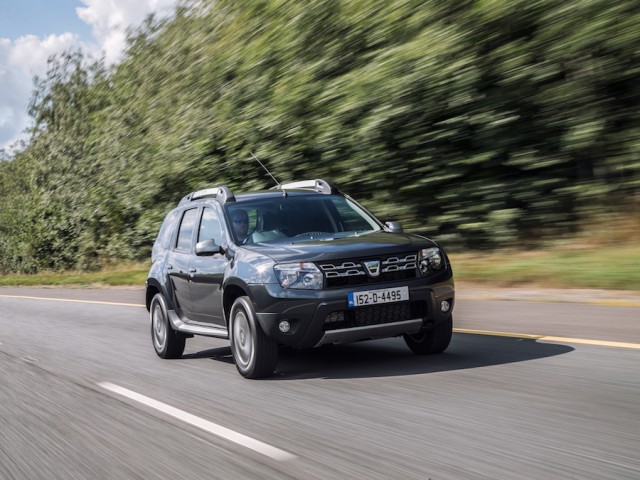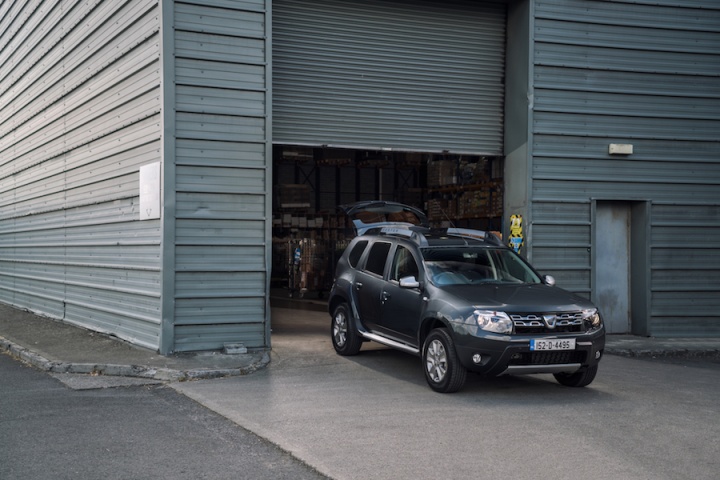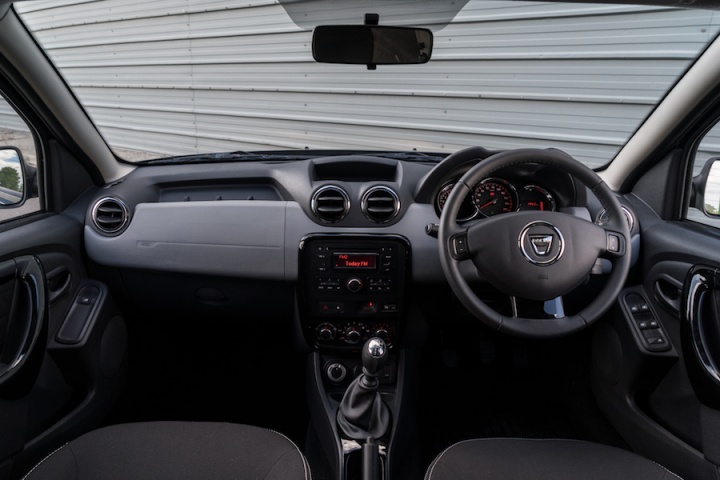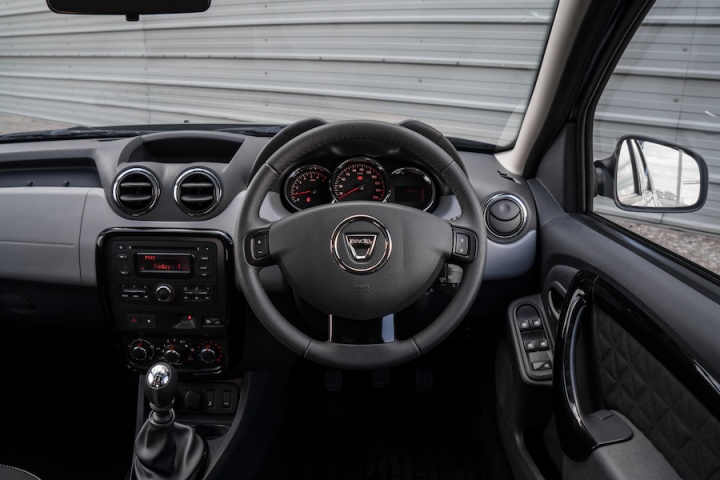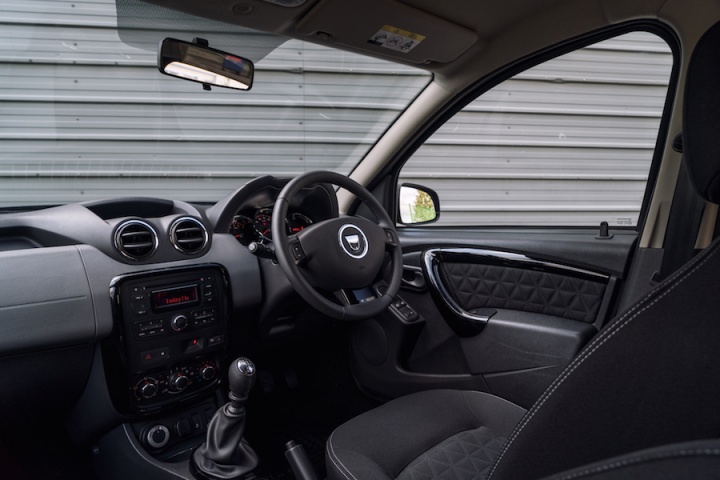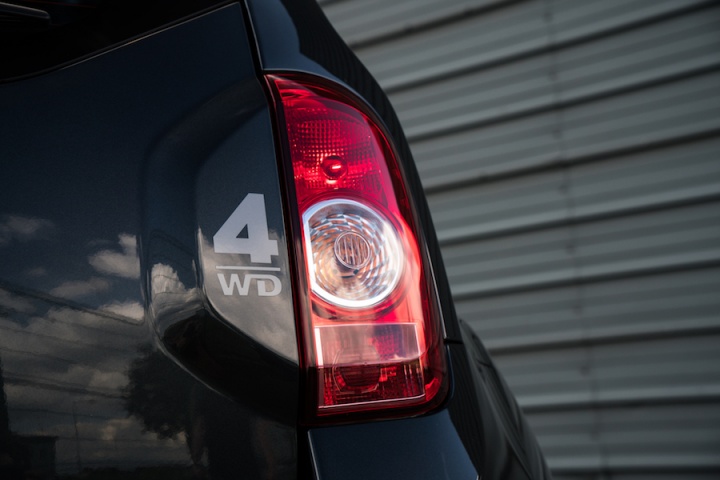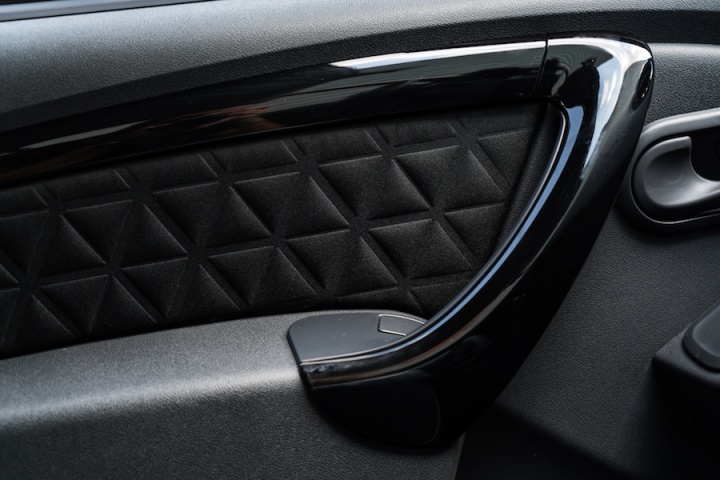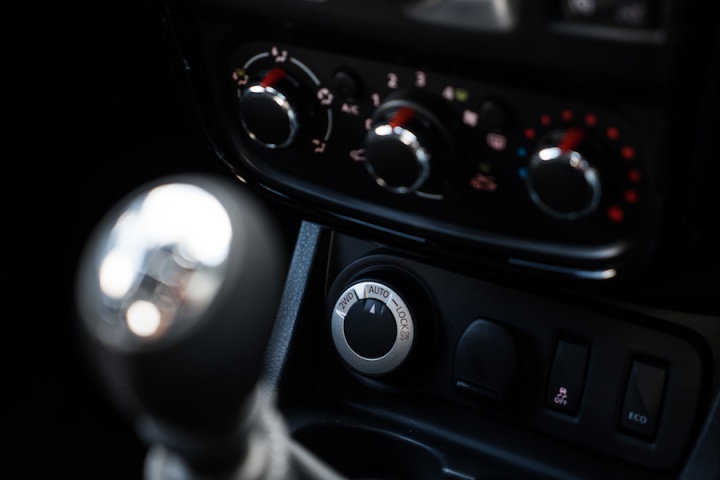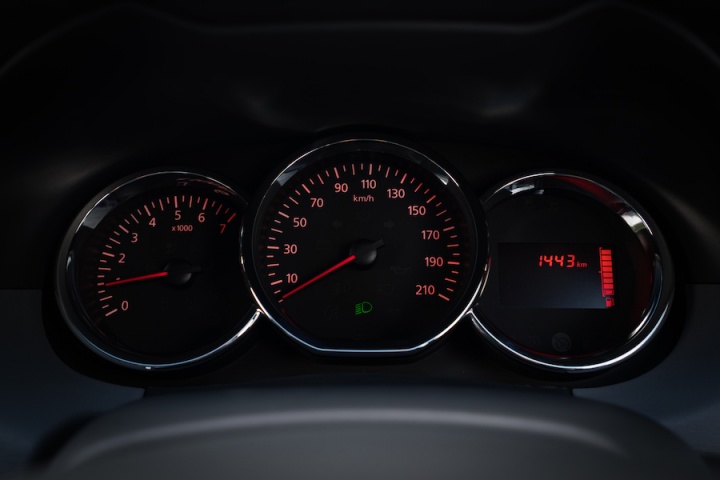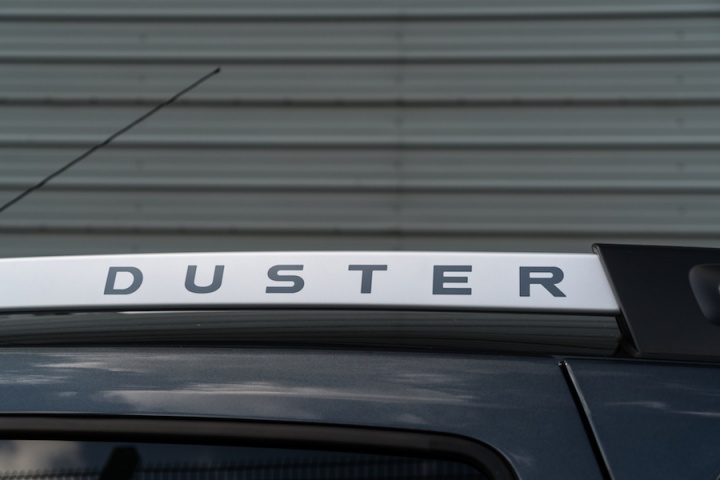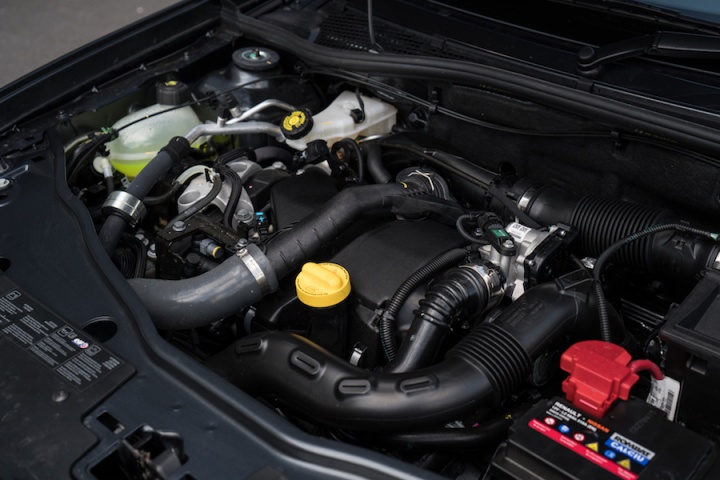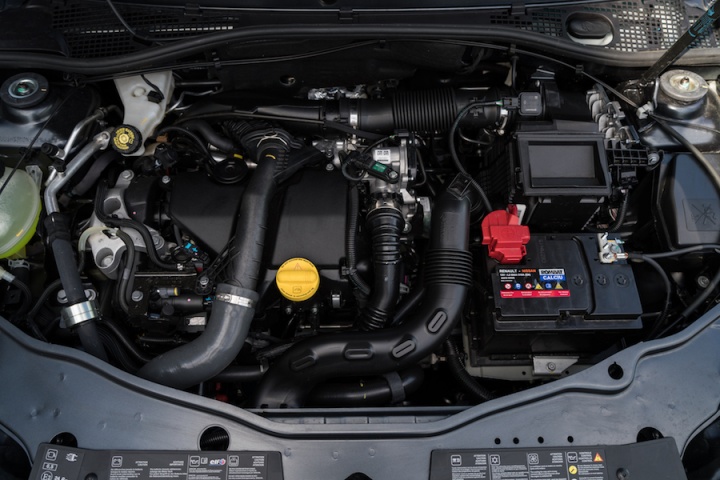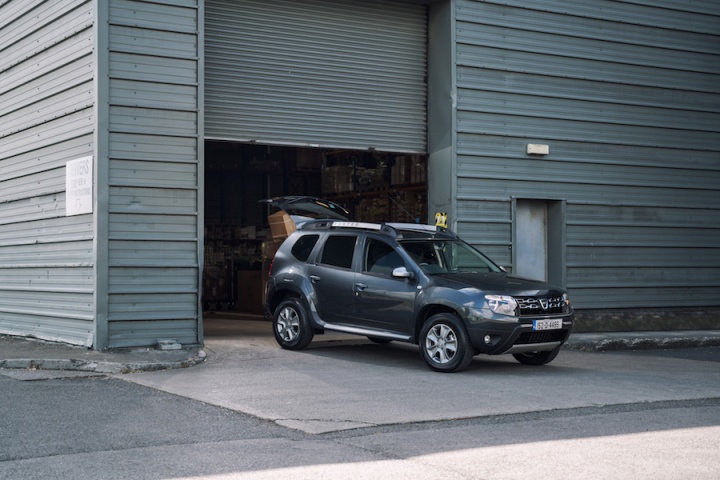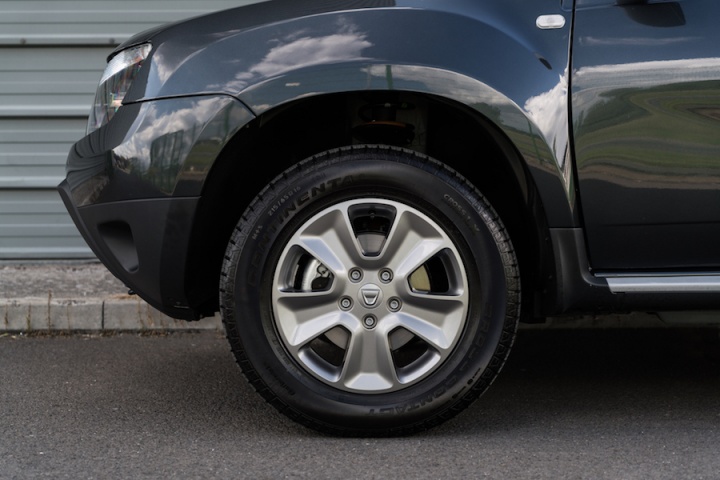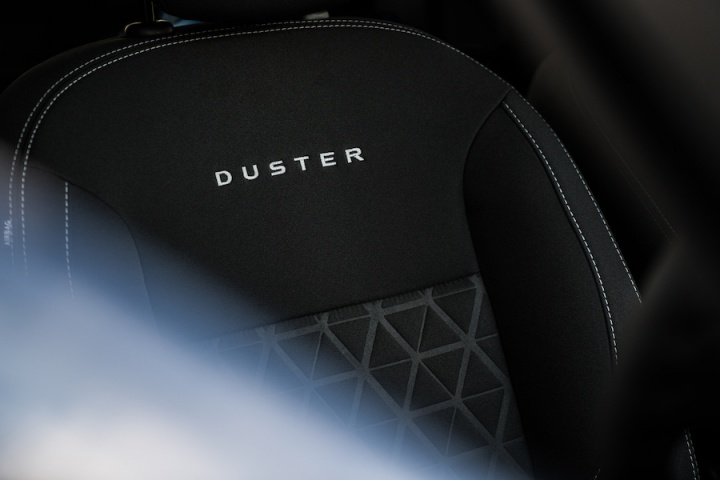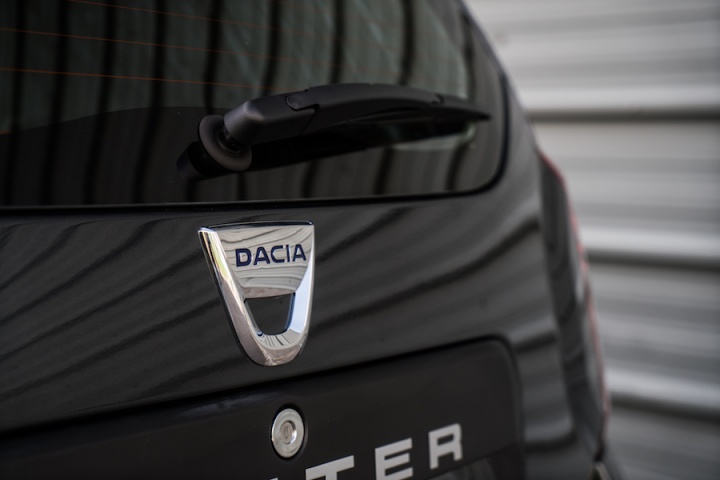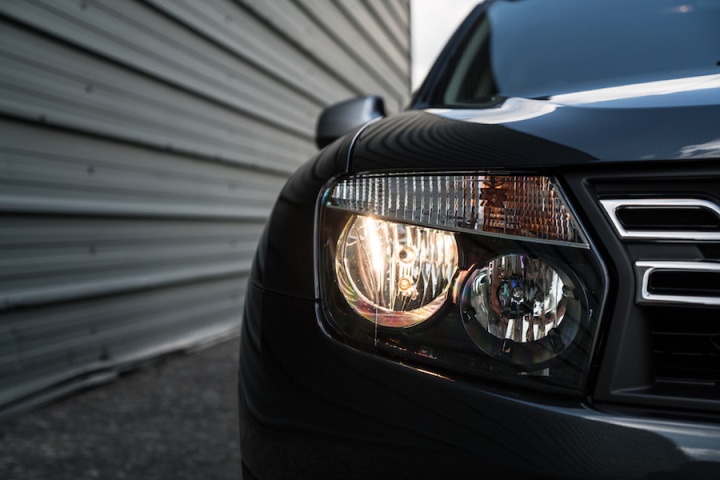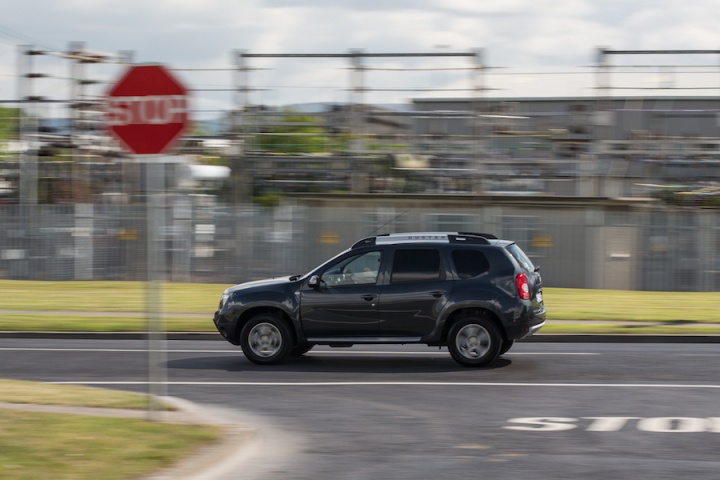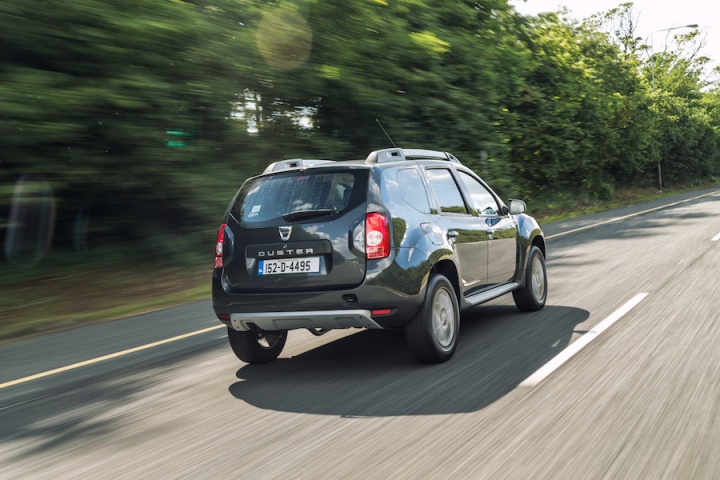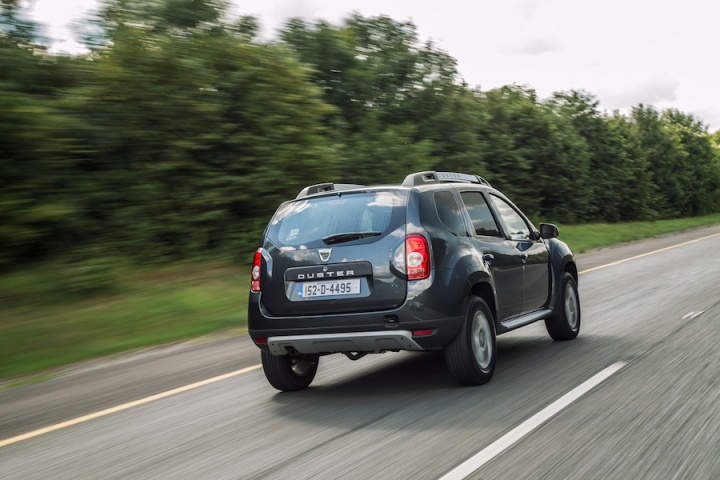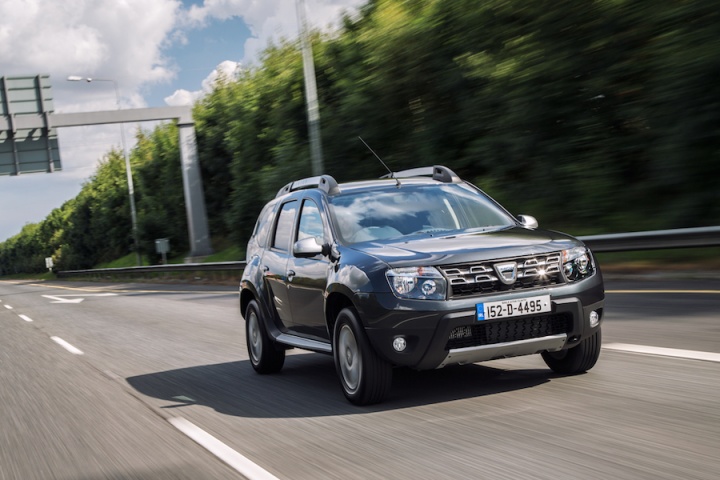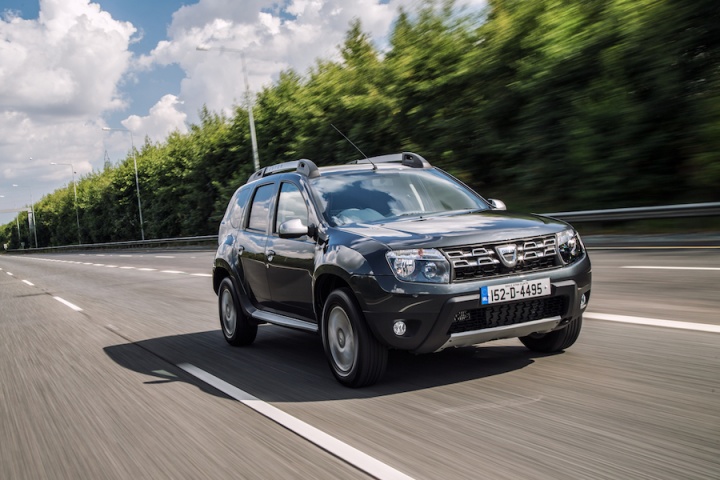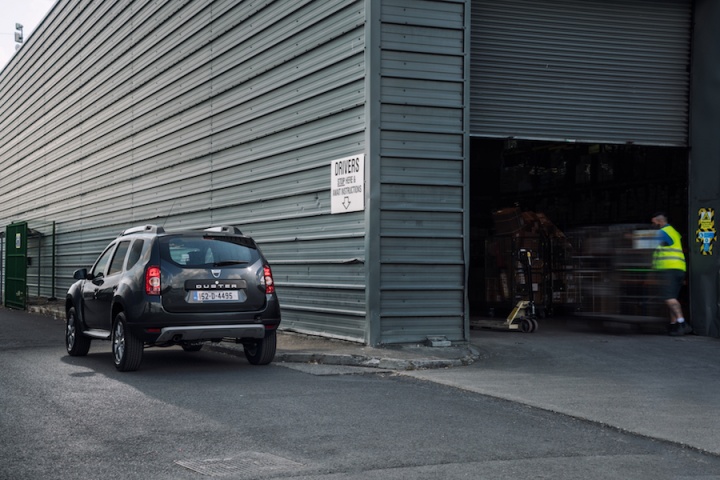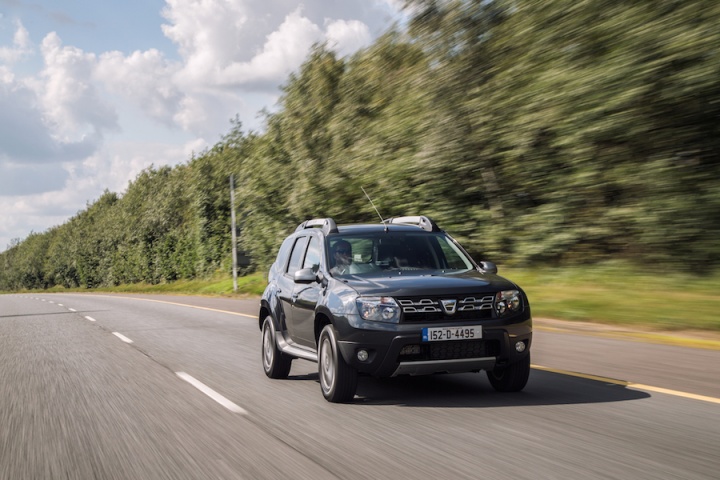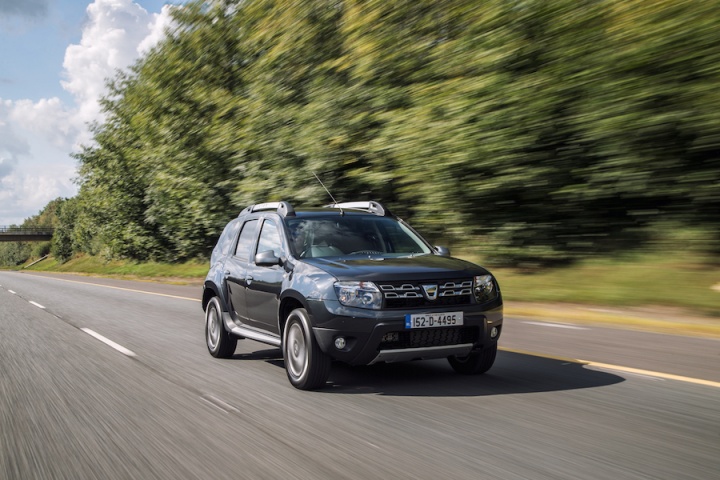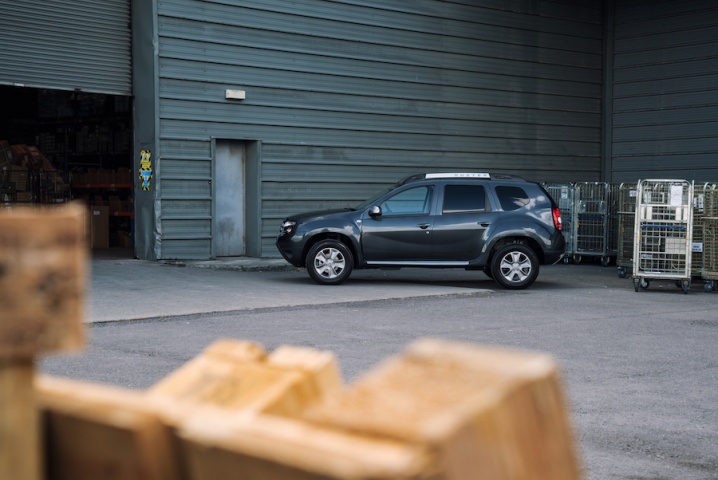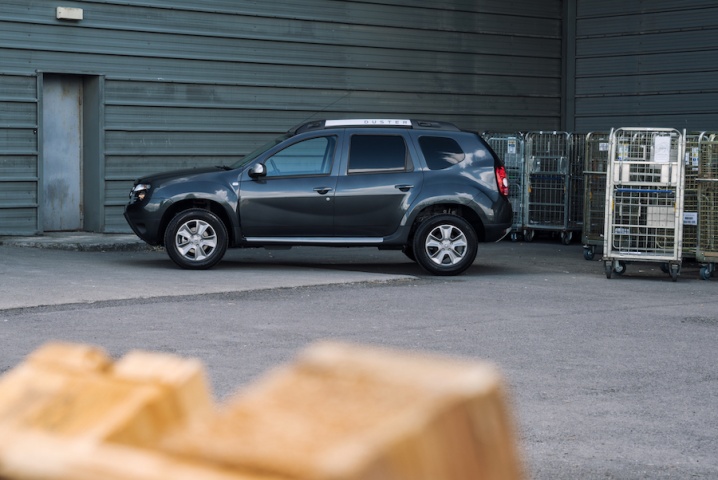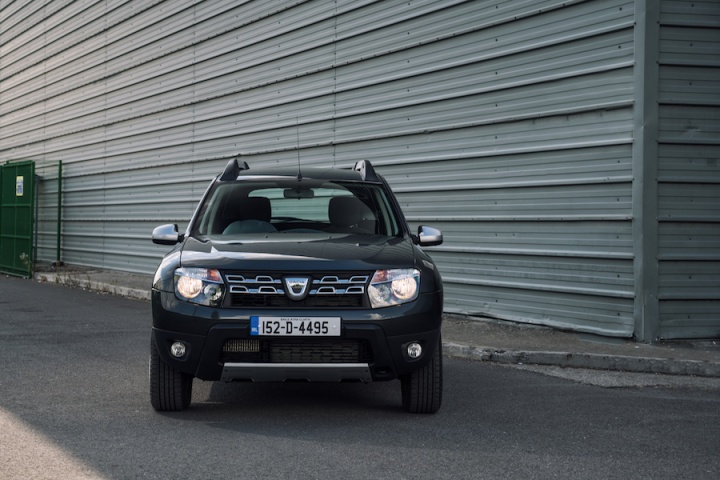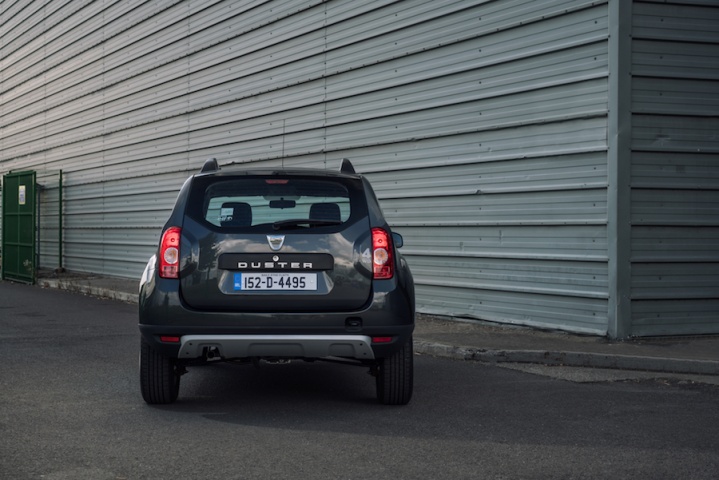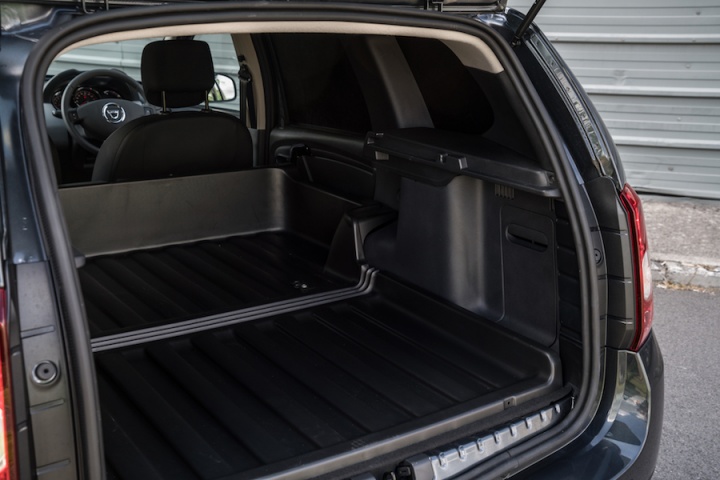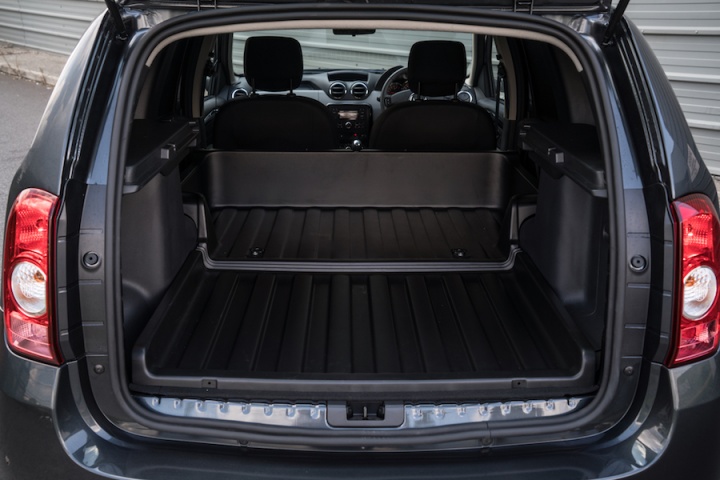Good: good looks, useable space
Not so good: could be better thought out as a commercial
When the Dacia Duster was first launched in Ireland my very first question to the powers that be was "when is the commercial version coming?" It may have taken a few years but finally there is now a Duster that Dacia hopes will pique the interest of owners of small and medium-sized businesses in Ireland.
Unlike some commercial conversions the Duster doesn't retain its rear passenger seats and is a strict two-seater. Lacking as standard is a bulkhead to separate the rear cargo area from the rest of the cabin, which might not be a concern to all but may prove limiting to certain users. Undoubtedly aftermarket versions will be available but it would have been nice for Dacia to include what we believe is an important feature as standard.
In fact, with some closer inspection, there doesn't seem to have been a great deal of attention paid to the daily use of such a vehicle over simply getting it through the certification process for commercial use. In place of the rear seats Dacia has installed hard-wearing plastic flooring with a rim around the back of the front seats that is about six inches high. It more or less covers the floor area of the rear, but still leaves space around the rear arches and suspension mounts for small items to get lost down. The provision of just two tie-down eyelets on the floor also doesn't lend itself to a variety of applications, and the rubber material itself does nothing to stop items from freely sliding around when driving. This is when that bulkhead could come in handy.
The rear doors also retain the glass on the outside, although it is blanked off inside by panels. In fact, the electric window switches remain in situ, with the electrical connection simply removed. This is where you start to get a sense that Dacia has carried out this conversion as cheaply as possible. Removing the rear glass and replacing with a metal panel as per many other commercial vehicles would give the Duster's buyers a better area upon which to potentially display a company logo, not to mention reduce the risk and associated cost of a broken window. Nonetheless, in total there is 1,000 litres of cargo volume in this 4x4 model, while the front-wheel drive model swallows slightly more at 1,150 litres.
Up front the cabin is no different to the passenger version of the Duster, which in this case is the higher grade Signature specification. There is a multifunction steering wheel that carries functions for setting the cruise control and speed limiter (standard on this grade), although choosing which you want to use is done by a separate button not on the steering wheel.
The dashboard display and rest of the controls are all clear and easy to use. All of the buttons are large, chunky and feel like they will stand up to the test of time. Cabin storage isn't overly generous though; there are deep enough door bins and some space on top of the dashboard, though you won't be storing much more than docket books or paperwork here. Normally we would be a bit critical of extensive use of hard plastics in a cabin but Dacia has done so in an aesthetically sympathetic way, with touchpoints on the door handles and centre console surround finished in gloss black plastic on this Signature model.
Bluetooth and a radio CD, MP3 capability and USB input are standard on all Duster models, while manual air conditioning, electric front windows, a leather steering wheel and 16-inch alloy wheels feature on this higher Signature specification.
If you keep the no frills approach that Dacia takes to its cars in mind when driving you will probably be slightly surprised by the Duster. It is by no means on the same refinement levels as something like a Nissan Qashqai, though it does share its engine with it. That 110hp 1.5-litre diesel is perky enough and the six-speed manual transmission is reasonably well-geared to unlock the frugality of the diesel engine.
Slipping the transmission into front-wheel drive does make the Duster feel perkier on the road and for the majority of users this is how it will be driven, though the ability to switch to proper all-wheel drive will prove beneficial to some. It is worth pointing out that there is a drop off in performance when switching to all-wheel drive and fuel consumption does increase, so it's best reserved for times when it is really needed.
The steering still feels less than sharp or direct so if you're seeking a light commercial that offers greater driving feedback we'd suggest looking towards the Volkswagen Caddy. The Duster's suspension setup is on the softer side, though there isn't as much body roll in the corners as you might expect, and the Duster's relatively low height makes ingress and egress quite easy.
Given that Dacia has had a couple of years to prepare a Duster Commercial it still feels like a rush job in comparison to others on the market, but it does still leave itself open to some configuration by buyers. With a maximum payload of 550kg it is best suited to smaller businesses that don't need to transport large and heavy items.
Alternatives
Nissan Qashqai Van: shares some of the same drivetrains, but assembled in a much nicer - although more expensive - package.
Skoda Yeti Sherpa Commercial: spacious rear cargo area and car-like handling make this a worthwhile option to consider.
Volkswagen Caddy: still one of the best in the light commercial vehicle class, offering lots of storage and versatility with good driving characteristics.

